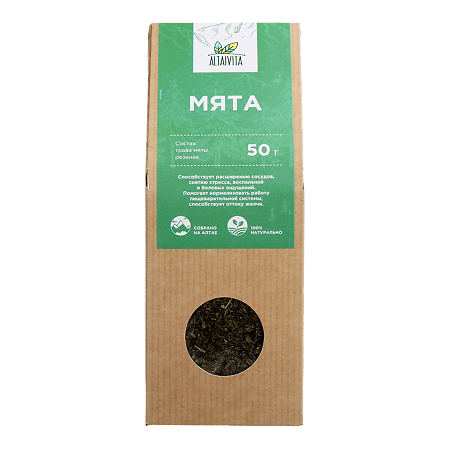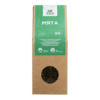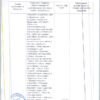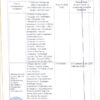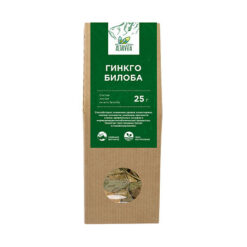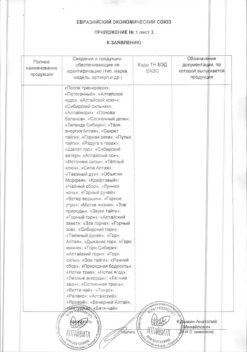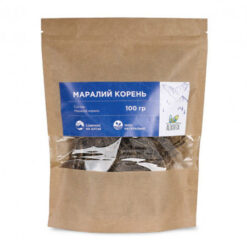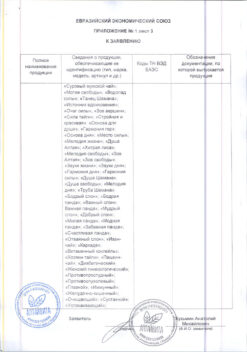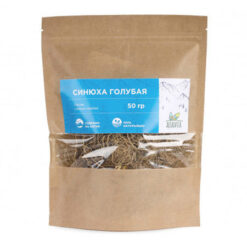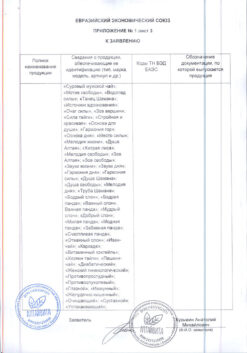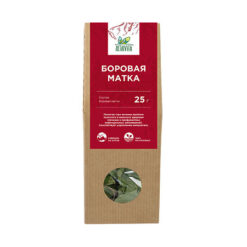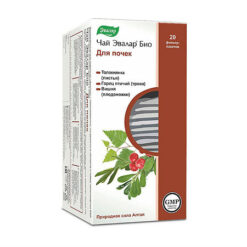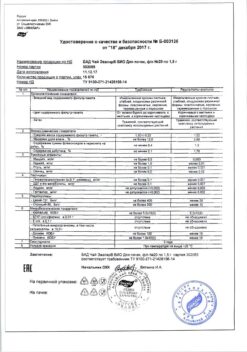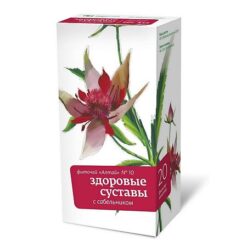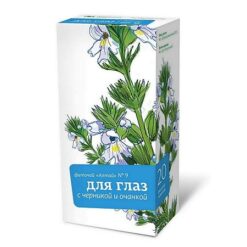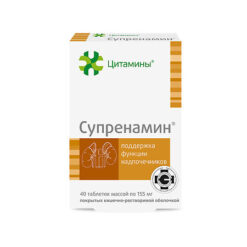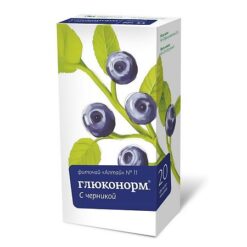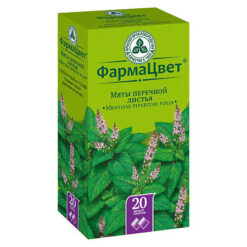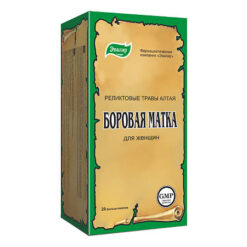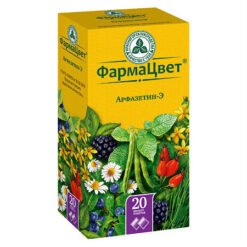No products in the cart.
Altaivita Mint herb, 50 g
€1.00
Out of stock
(E-mail when Stock is available)
Description
Mint is prescribed as a sedative, vasodilator, analgesic and anti-inflammatory. Mint is able to normalize the digestive system and has a choleretic effect.
Today people know about three hundred species of mint, but only about 20-25 species of this plant are widely used. There is no need to name all the species, since peppermint is commonly used in folk medicine. The main difference between peppermint and other plant species is, of course, its aroma. However, the aroma of peppermint is much stronger than that of its congeners.
Pearmint is a perennial plant in the cloverleaf family. The stem of the peppermint is tetrahedral, hollow, about one meter high. The leaves are ovate and elongated with denticles around the edges, and the root is horizontal and woody. Flowering in this plant begins in June and lasts until September.
The most valuable parts of peppermint are the stem and leaves, which should be collected before flowering, as this is when the plant has the most essential oil – menthol. In the chemical composition of peppermint the main element is exactly the menthol. Mint leaves contain about 2.5 % of menthol, while the inflorescences contain 4 to 6 %.
Perfect properties of peppermint
The essential oil, which includes menthol, determines the taste of mint. Useful properties of the plant are also determined by such substances as esters, phellandrene, pinene, jasmon, piperiton, mentofuran, etc. In addition, tannins, flavonoids, bitterness are also found in the composition of mint. It is the menthol contained in peppermint that makes it a bactericidal plant.
Pearmint is particularly valued in medicine in the therapeutic area. It is prescribed as a sedative, vasodilator, analgesic and anti-inflammatory. Mint is able to normalize the digestive system (get rid of heartburn, nausea, increase appetite, help with diarrhea, reduce gas formation in the intestines), has a choleretic effect (used to remove gallstones from the gallbladder and purify the liver).
These beneficial properties of mint are not limited to these, it is used as a diaphoretic and cooling agent in the treatment of fever and sore throat, pharyngitis, runny nose. For the treatment of inflammation of the respiratory and genitourinary systems again use mint. On the circulatory system and heart, mint has a stimulating effect, relieves headaches, lowers blood pressure. It is especially good for treating migraine.
Mint is also quite often used in dentistry as a mouthwash, to prepare solutions, to get rid of pathogenic organisms etc.
We can conclude that mint is both pleasant to the taste and has a therapeutic effect.
Additional information
| Manufacturer | Altaivita LLC, Russia |
|---|---|
| Brand | Altaivita LLC |
Other forms…
Related products
Buy Altaivita Mint herb, 50 g with delivery to USA, UK, Europe and over 120 other countries.

